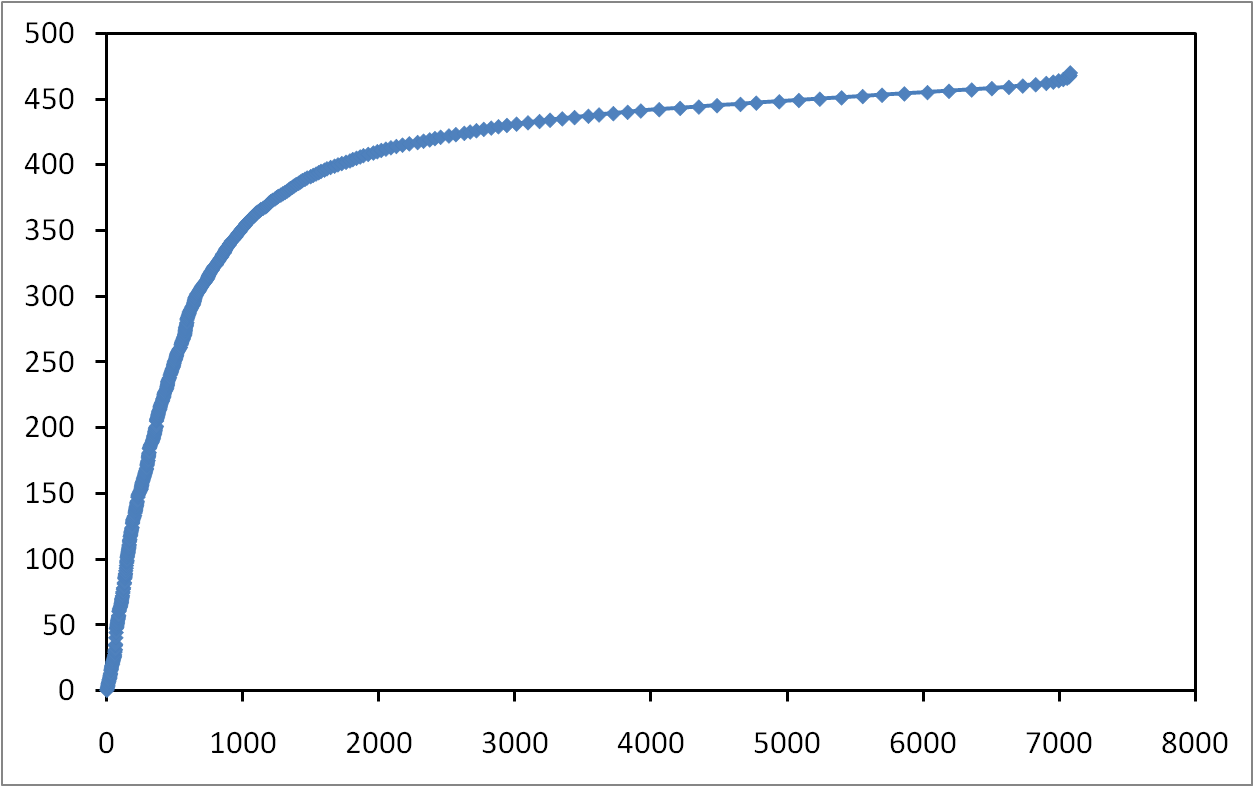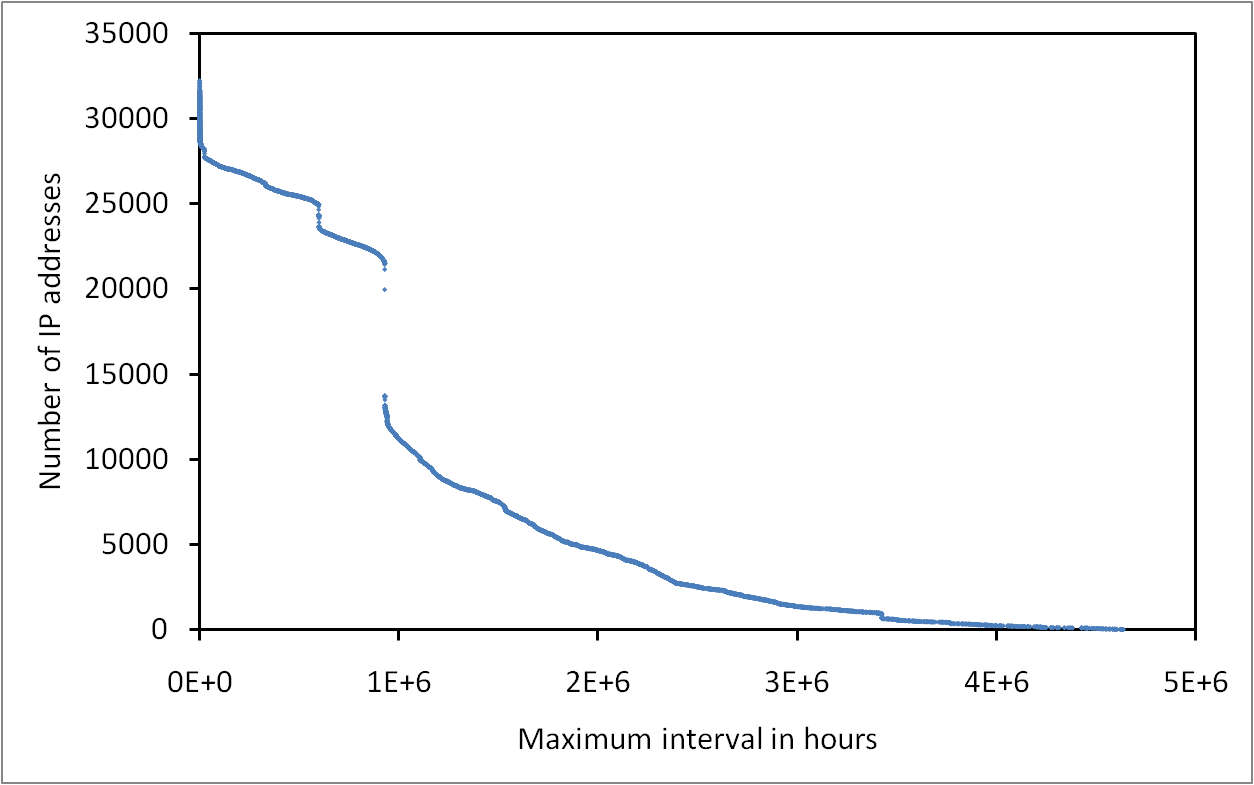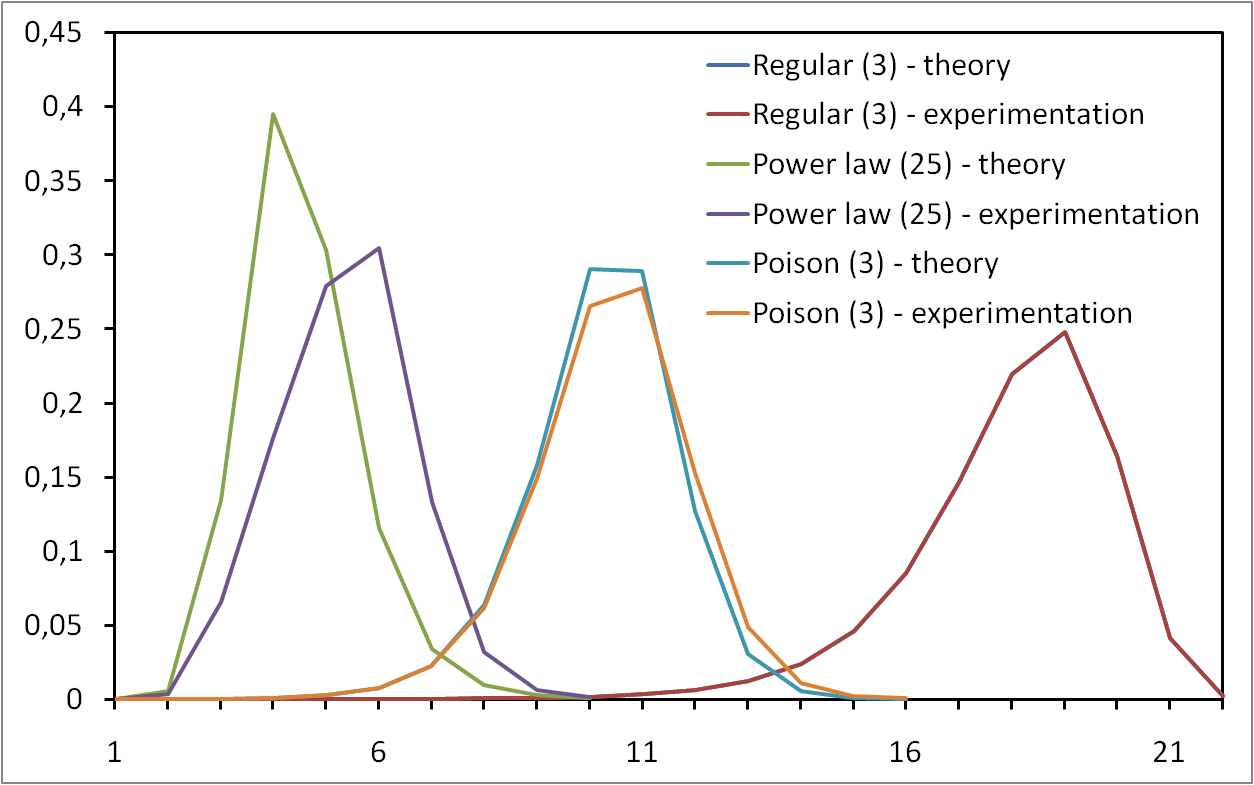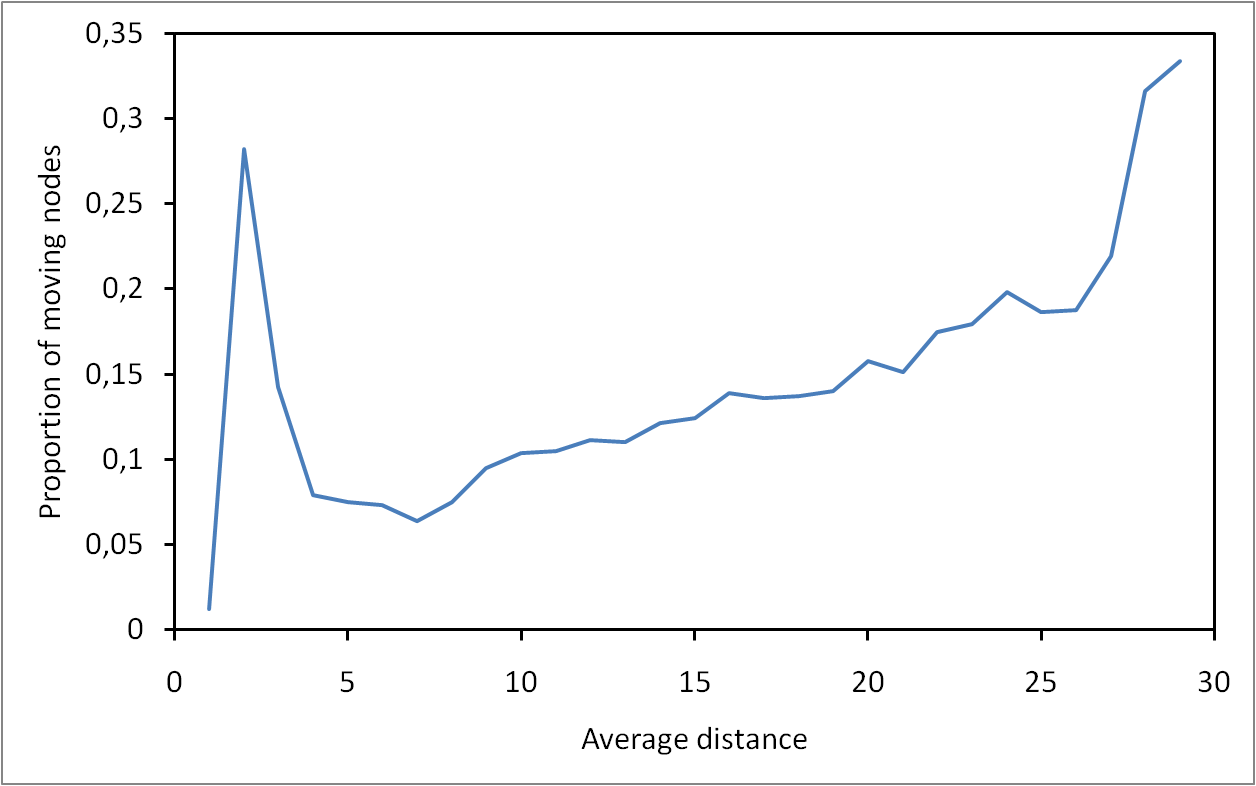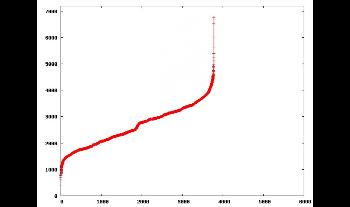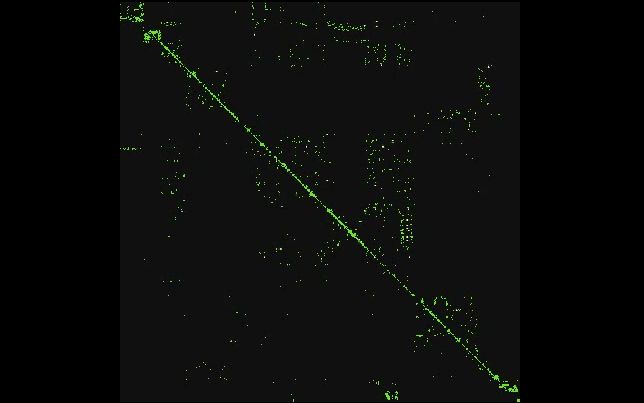Dimitri Papadimitriou, Davide Careglio, Fabien Tarissan and Piet Demeester
Proceedings of the the 9th International Conference on Design of Reliable Communication Networks (DRCN), Budapest, Hungary, 2013
Analysis of real datasets to characterize the local stability properties of the Internet routing paths suggests that extending the route selection criteria to account for such property would not increase the routing path length. Nevertheless, even if selecting a more stable routing path could be considered as valuable from a routing perspective, it does not necessarily imply that the associated forwarding path would be more stable. Hence, if the dynamics of the Internet routing and forwarding system show different properties, then one can not straightforwardly derive the one from the other. If this assumption is verified, then the relationship between the stability of the forwarding path (followed by the traffic) and the corresponding routing path as selected by the path-vector routing algorithm requires further characterization. For this purpose, we locally relate, i.e., at the router level, the stability properties of routing path with the corresponding forwarding path. The proposed stability model and measurement results verify this assumption and show that, although the main cause of instability results from the forwarding plane, a second order effect relates forwarding and routing path instability events. This observation provides the first indication that differential stability can safely be taken into account as part of the route selection process.

